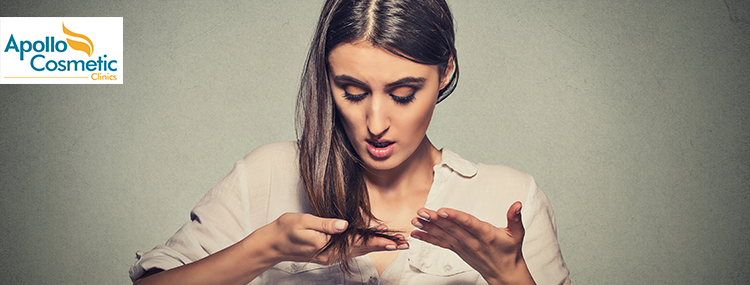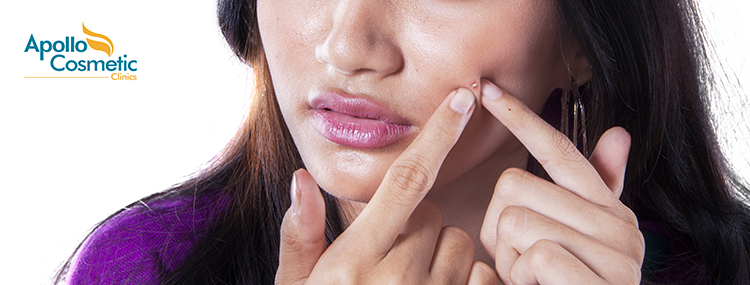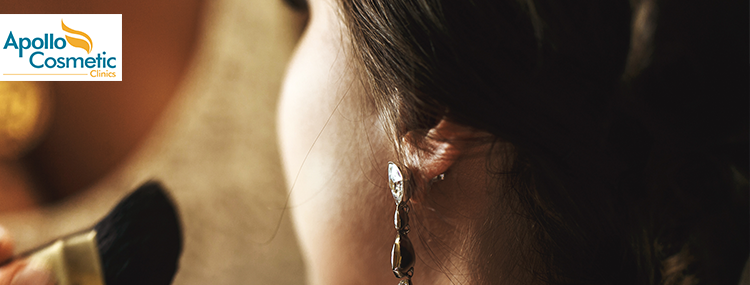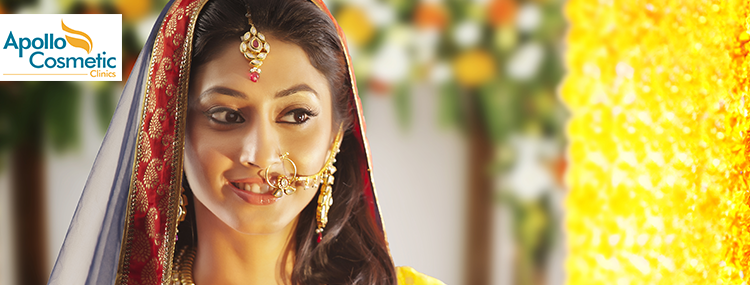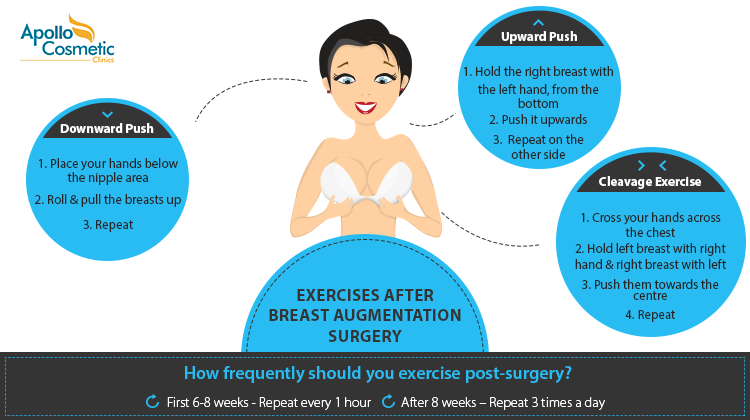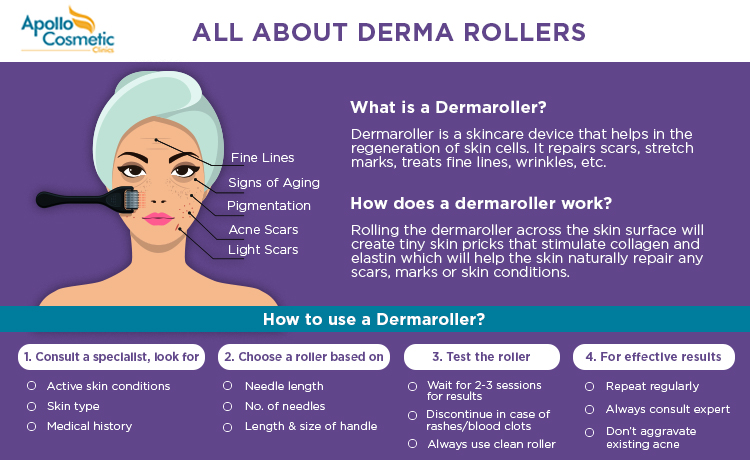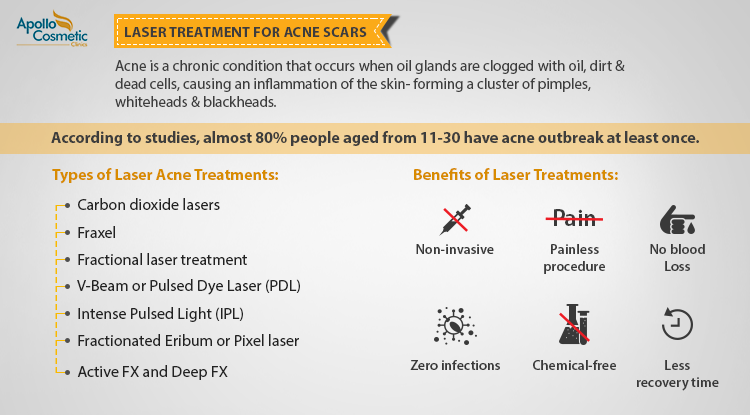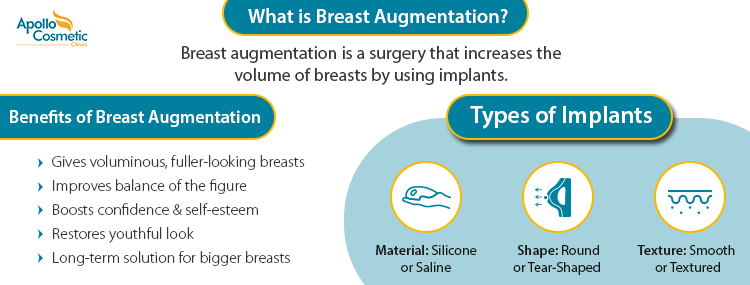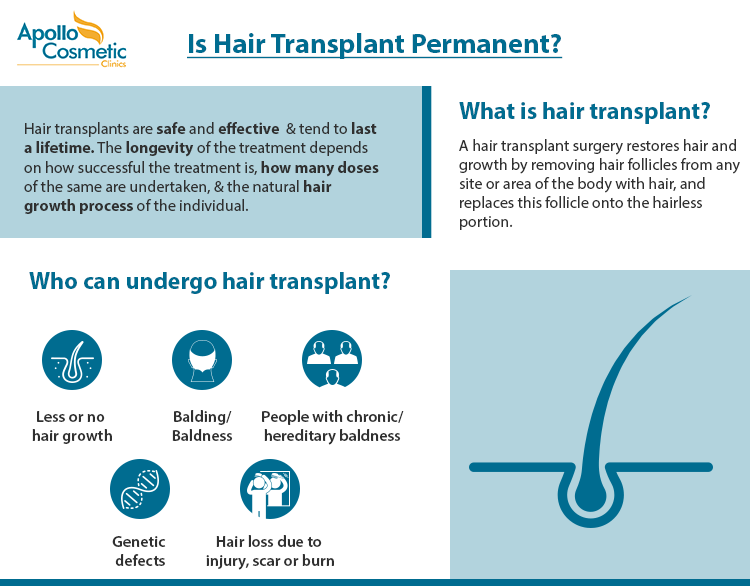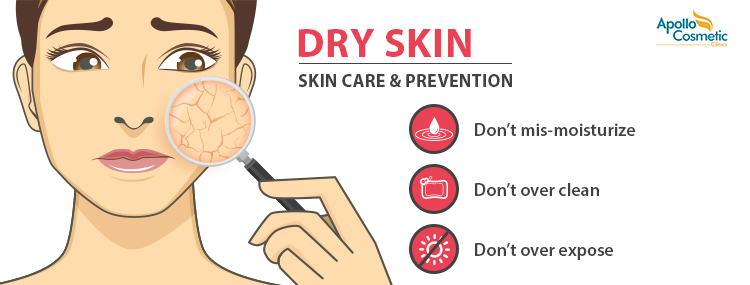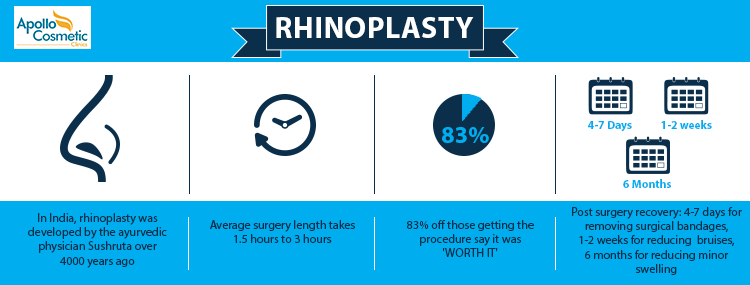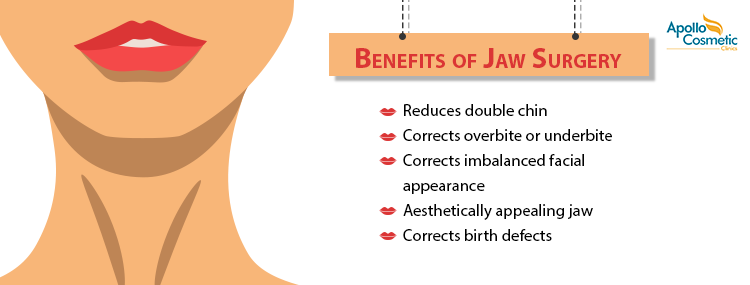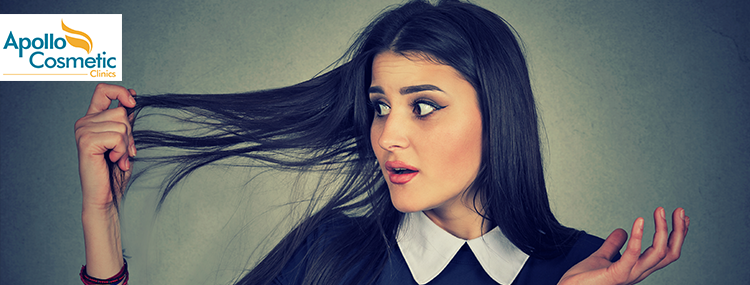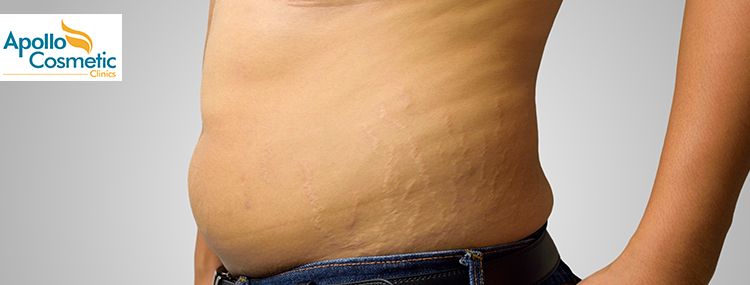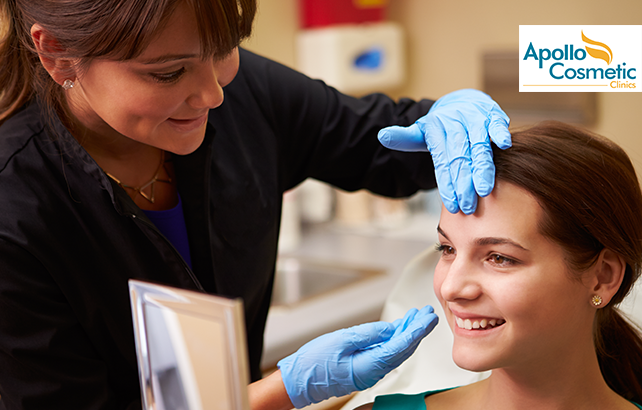Lip Augmentation-what is it really?
Lip augmentation or lip enhancement is a non-surgical cosmetic procedure done to make lips look fuller and plumper. The enlargement is done through the use of lip fillers. An injectable dermal filler is used to achieve this result.
Collagen, a dermal filler that was commonly used before has been replaced by newer, safer procedures with long-lasting effects.
Fat injections and lip implants are other augmentation procedures that are not much in use due to the risks and possible side effects.
Dermal fillers come in various forms, but ones that are frequently used are products that contain ingredients similar to hyaluronic acid. Hyaluronic acid is a substance naturally found in the body and can make the lips voluminous. These fillers are commonly known as hyaluronic acid fillers.
Is lip augmentation the way to go?
As you age or as a genetic outcome, your body produces lesser collagen which makes your lips deflate and sag. Visible lines start to show which may not be appealing to some.
If thin lips are a major concern for you, lip augmentation may help. Lip augmentation increases lip volume and fills age-related creases in the lip border. The other reasons lip augmentation may be right for you are:
- Restoring shape of lips
- Correction of downturn lips
- Hydration of lips, replacement of moisture loss.
- Filling the upper lip lines
- Redefine the lip borders.
At your consultation, the physician will elaborate on the various methods and help you decide the one that will give you the best results.
Normally cosmetic lip procedures are safe, but you must make sure you discuss the risks and your medical history with your doctor before you make the decision.
What to expect after Lip Augmentation?
Lip enhancement procedures that were considered a taboo in the olden days are turning out to be an obvious choice for many women today. It has proved to be an effective technique to counter age-related volume loss of the lips.
However confident you are about lip enhancement, you must be aware of the temporary and permanent results of the procedure.
Although the results of hyaluronic filling are temporary, they are a much safer alternative when compared to thicker injectable options. These may last longer but do not spread as evenly as hyaluronic ones causing bumps and lumps.
Since lips are a sensitive body part, there may be some pain, post-injection. Ice packs may help ease the pain.
It is very important that you get the procedure done by an experienced and trustworthy facial cosmetic surgeon. He should administer the injection in the right place and also in the right amount. Overcorrection of the philtrum can create “duck-like lips”.
Permanent lip fillers are not the best choice as they too age over time. The chances of infections and complications are also more with these fillers.
The amount of time temporary fillers may take to show effect will depend on your body’s ability to break down the components.
Tips to get the best results from your lip augmentation procedure
To prevent any unpredictable side-effects of the injection, avoid taking vitamins, aspirin and any anti-inflammatory drugs a few days before the procedure.
There is a slight chance of allergic reaction in some cases of lip augmentation. To work a way around this, candidates must report any existing allergies to the physician. They must also report if they have any issues with anesthesia.
Make sure your surgeon only uses FDA approved augmentation products.
Lip augmentation procedures are performed at your surgeon’s office quickly with little or no downtime.
Once the side effects settle down, you will be able to notice a difference. After you have healed completely, your lips should start feeling, looking natural and more attractive.
For any cosmetic procedure, it is important to consult an expert. Book an appointment today with Apollo Cosmetic Clinics.























